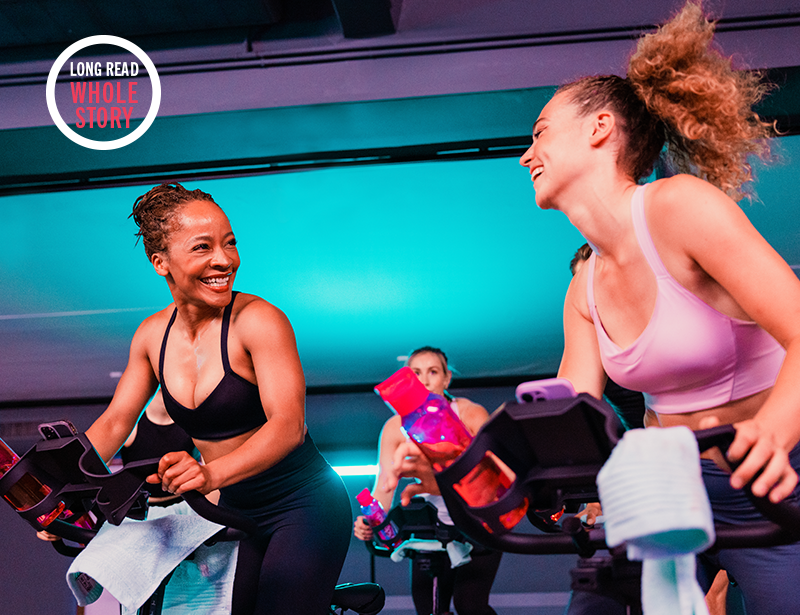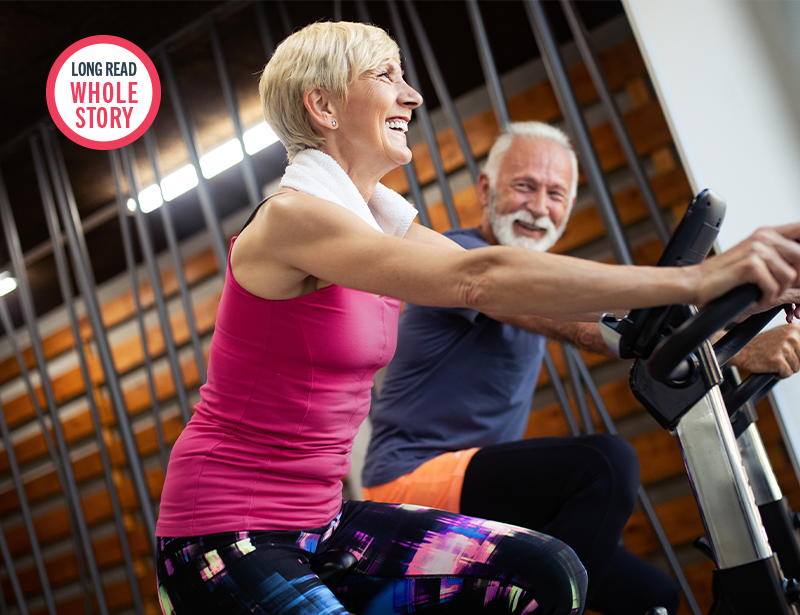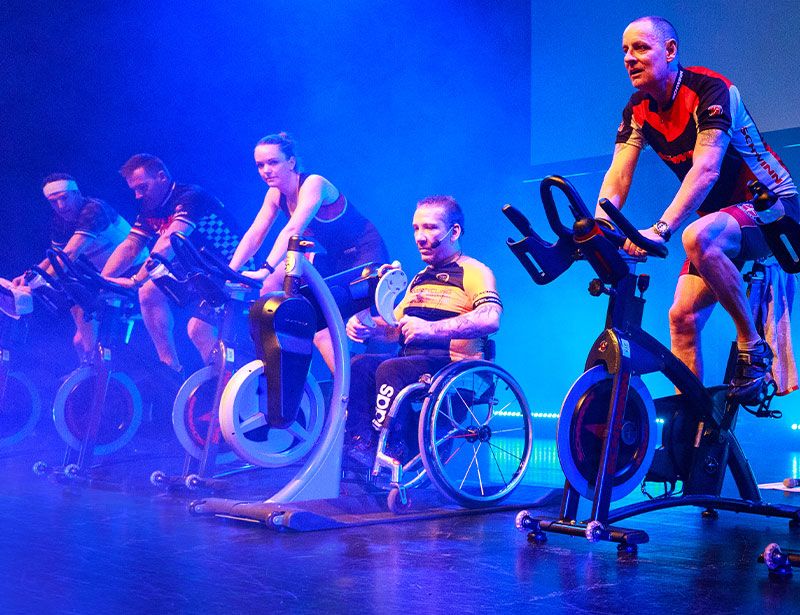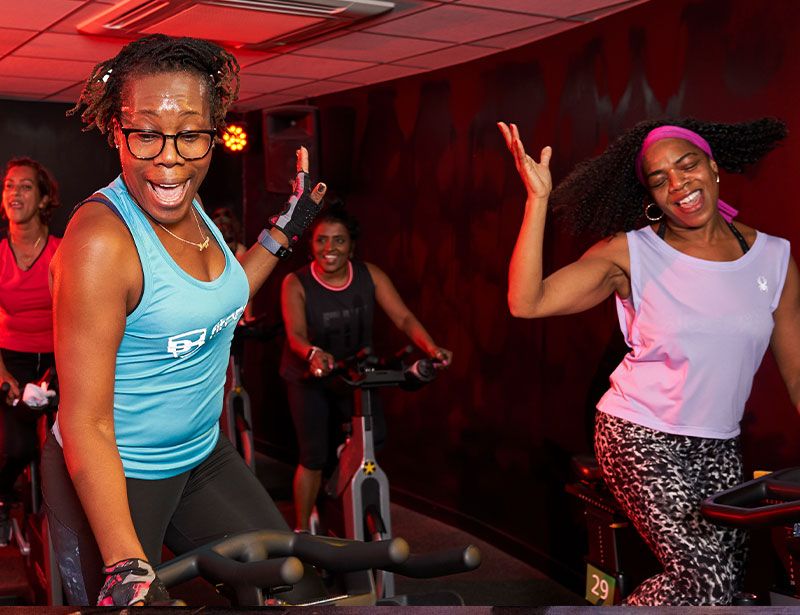Indoor cycling academy
Go the extra mile

Indoor cycling. It’s a great workout with fantastic cardiovascular and metabolic benefits, and all with low impact on the joints. But it also puts our body into quite an unnatural position: hunched, forward-flexed, doing a repetitive movement.
Sarah Ramsden, owner of Sports Yoga, explains: “Repetitive sessions on the bike can shorten your hip flexors, quads, hamstrings, calves, groins and ITB; stiffen your ankles; and cause chronic over-lengthening and weakening of the lower and upper back.
“Mostly this shows up as back, knee, neck and wrist pain – but crucially, all that shortening of muscles also makes you less comfortable, less efficient and less powerful on the bike.”
Fortunately, there is an answer: yoga and pilates. These complementary disciplines not only reduce pain and risk of injury from extended periods in a cycling position, but can actually improve your performance on the bike.
Our experts share their views, and it makes for interesting reading whether you’re an indoor cycling enthusiast or a club looking to advise cyclists on how best to structure their training plans.
Glenn Withers
Co-founder, APPI
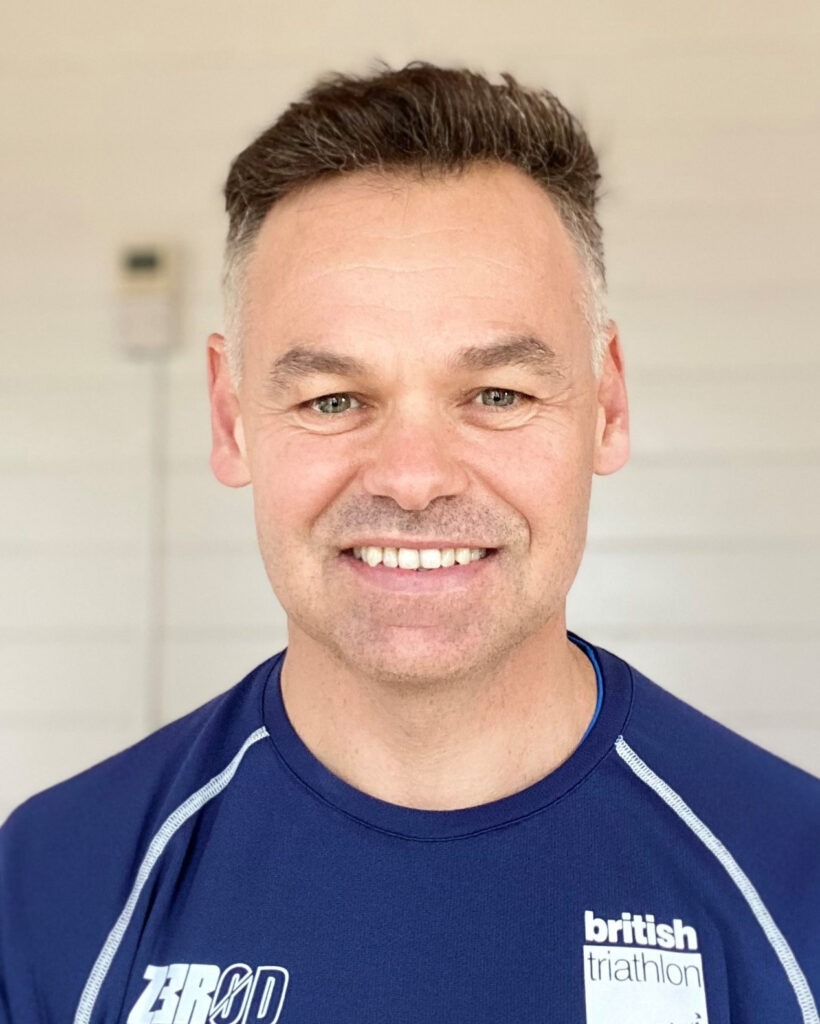
I coach a training course – Pilates for Cyclists – which is actually designed with road cyclists in mind, but which also has relevance for regular indoor cyclists.
The course covers three key areas: endurance, which is more relevant to road cyclists than those doing 50-minute indoor cycling classes; strength, and how pilates can build this in a relevant way to improve cycling performance; and flexibility, looking at how pilates can improve mobility and ease common areas of tightness among cyclists.
The course is designed to help cyclists understand what the posture they adopt on a bike does to the way their body functions – the tightness it causes in the hip flexors, for example, and the tension it can cause in the mid-back if they’re over- or under-reaching – and how pilates can help. It also looks at how specific, at times modified, pilates exercises can strengthen the muscles used in cycling to improve output.
Improved flexibility is a benefit however often you’re in the saddle. Even if you only do one indoor cycling class a week, pilates can help balance out the tightness this can cause, improving mobility and flexibility to increase comfort and efficiency on the bike.
For example, a good pilates for cyclists programme will incorporate some thoracic mobility exercises, because when you’re on the bike, the mid-back is held so stiff that it can cause tension and pain. Similarly, your hip joint never fully extends when you’re on a bike, so you can get very tight at the front of the hip and need to open this up.
“The more core control you have, the more likely you are to get power out of the legs and avoid placing stress elsewhere on the body”
Core strength is also important even at the one-class-a-week level: the more core control you have, the less likely you are to have ill effects from the bike position, and the more likely you are to get power out of the legs and avoid placing stress elsewhere on the body. Even just doing one indoor cycling class a week can cause problems if you have a weak back. By developing core strength, pilates can help you avoid injury.
If you’re doing a class every day, however – or if you’re using indoor cycling classes as part of your road cycling training – then it’s a different story. It’s still about injury prevention, because you’re holding an unnatural cycling position even more regularly, but pilates can also help improve your performance and output.
If you look at which muscles need to work during a pedal cycle, it’s your glutes to start off, with power coming from the back of your hip; then at the bottom it’s your foot, ankle and calf mobility; and to pull back up and over it’s your hamstrings. So, if you want to use pilates to improve your performance, you need a combination of exercises that strengthen the cycling muscles: the core, glutes and hamstrings predominantly.
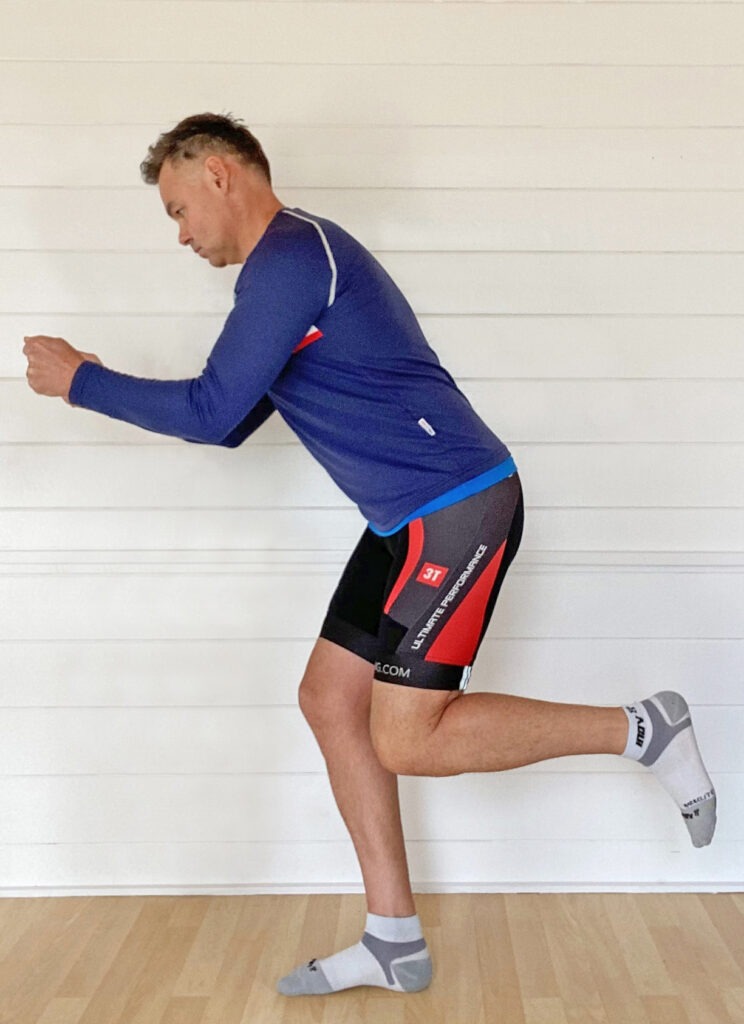
Crucially, you need to train these muscles in the range that they’re required to produce on the bike. That means tailoring pilates exercises to the bike position – training the glutes to produce power from a flexed hip position, for example, and the hamstrings to activate in a bent knee position – so there’s carry-over to improve performance on the bike.
Cycling isn’t just about leg strength, though: you need a strong core to transmit the power into the legs, and to protect the spine so it doesn’t lose efficiency in the way you ride a bike. In fact, research shows there’s a significant decrease in power output through the upper or lower limb with just a 20 per cent decrease in your core strength.
However, if you rely on cycling classes alone to train these muscles – or if, even outside your cycling sessions, you only train them within the range that cycling allows – then tension and tightness will ensue. It’s why a good pilates for cyclists programme will incorporate lengthening and mobility as well as strengthening.
Sarah Ramsden
Owner, Sports Yoga – UK
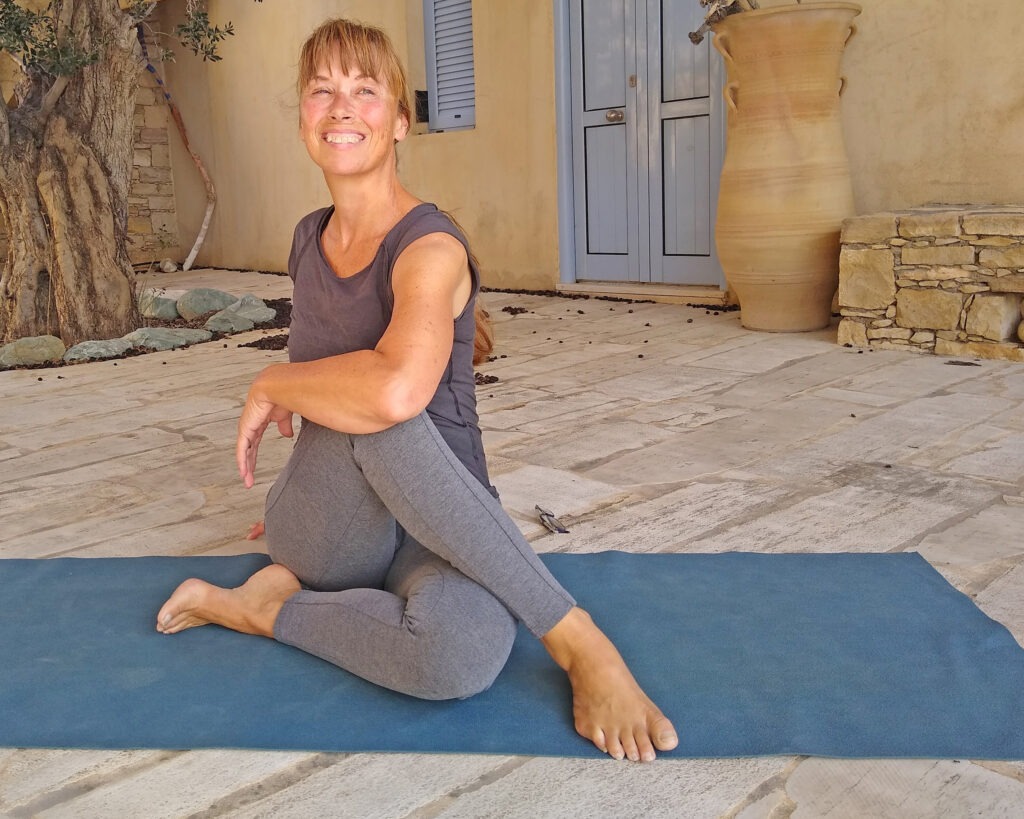
First of all, it’s important to note that flexibility gains are performance gains. Stretching your hip flexors, for example, allows you to get your hips forward when out of the saddle and drive even more power through the whole length of the leg. Good hip flexor length also allows you to drive more power through the full range of the quads when seated.
Meanwhile, better pelvis mobility – groin, ITB and hip flexors – increases efficiency by reducing wiggle on the saddle, especially when you’re tired, and better ankle mechanics allow pain-free hitting of power through the whole ankling pedal motion.
Performance gains can also come from a strong core and glutes. Good torso control keeps your sitting bones solid on the saddle, so power is driven straight to the pedal. It stops your hips swinging when you’re out of the saddle, too, driving all power straight through the pedal. Strong glutes also add power to your pedal stroke when standing.
“The multi-directional movement of yoga, plus all that stretching, helps you recover faster. Your ride the day after yoga will feel easier.”
But your glutes and abs aren’t really trained during a cycling class: the forward hunched position means your abs won’t fire, and sitting on your butt means you don’t use your glutes much. You’ll need to train these muscles elsewhere, and yoga is the perfect solution.
Then there are the recovery and injury prevention benefits of yoga. Its multi-directional movement and stretching helps you recover faster. You flush out metabolic waste, pump fresh blood through, untether tissues that have become stuck and tight, and re-set the length of your muscles. You feel less fatigued and your ride the day after yoga will feel easier.

By lengthening shortened muscles, a good yoga class also reduces niggles and chronic problems. Free from pain, you’re then back to adopting efficient positions on the bike, able to increase your time in the saddle and continue cycling for years to come.
On the flip side, fail to stretch alongside all your cycling and you’ll develop loads of compensatory ways of moving; you’ll get too stiff to move with good posture. This will injure you in unpredictable ways and make living a full life difficult. You might still be comfortable on the bike – that fixed position ends up being the most comfortable – but your everyday movement gets less and less.
And, of course, a hunched, rounded upper-back position on the bike eventually becomes a hunched, rounded upper-back position in life too: probably not the look you’re after!
In short, yoga as a complement to cycling works. You’ll feel easier and freer. You’ll injure less and chronic problems will slowly subside. Your efficiency and power output on the bike will improve. You’ll increase your training and go on for longer. Your body and your cycling will love you for it.
Sarah Ramsden is a registered teacher with www.yogaallianceprofessionals.org
Shelly Zehari
Co-owner, Fit House – Israel
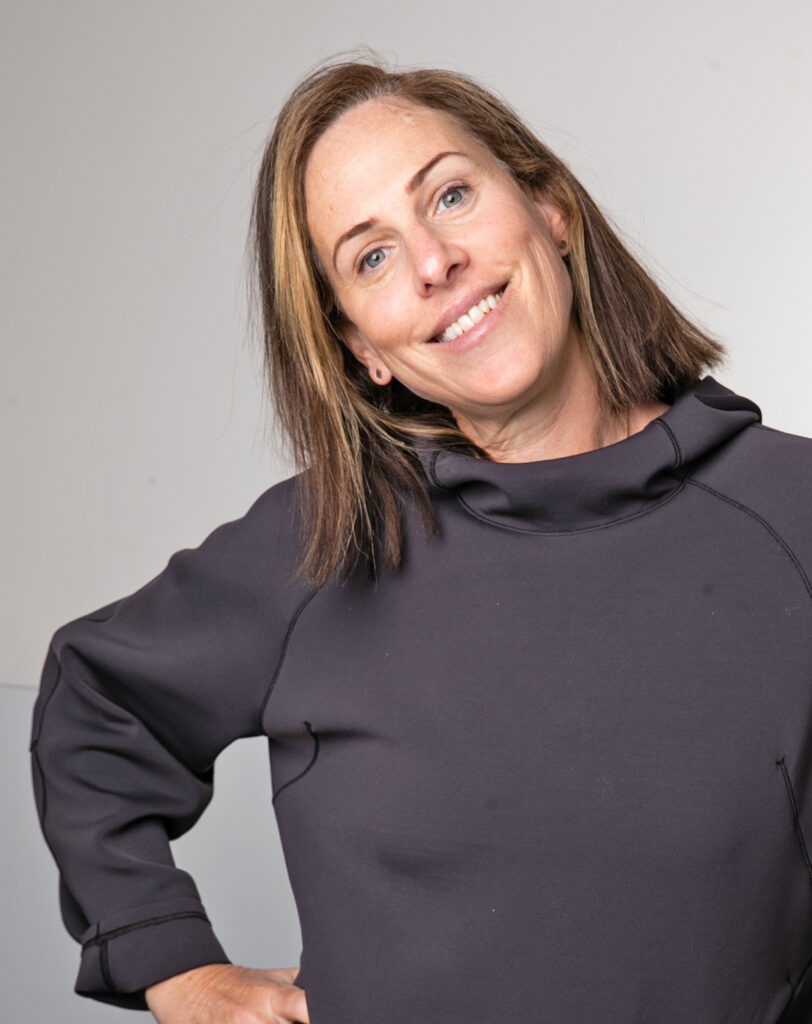
At Fit House, we believe people should be able to do cardio, stretching, stability, strength and core work all in one place, so we have four studios under one roof: cycling, pilates reformer, barre and functional.
We also mix and match as part of this approach. For example, one of our signature classes – Arms Booty Core Cycling (ABC Cycling) – combines pilates and cycling in the same class. You do an interval on the bike, then come off and do some pilates arm exercises before getting back on the bike, then off again for pilates core work, and so on. You get your cardio hit from cycling, but you also train your arms, core and glutes in a series of pilates exercises.
People love it, because in 60 minutes they get a full-body cardio and strength workout. It also introduces cyclists to pilates, and pilates enthusiasts to cycling, which is great. We run our ABC Cycling class six times a day, it’s so popular.
“We’re very clear in our belief that all our disciplines are deeply connected, and that doing a bit of everything will get you better results”
But importantly, this isn’t just for a novelty factor. We’re very clear in our belief that all our disciplines are deeply connected, and that doing a bit of everything will get you better results. For example, the data gathered by our BODY BIKES shows that people get more out of their cycling workouts if they also do pilates: better RPM, better power output, better calorie burn. We have hard evidence to prove this.
Why? It all starts with the way you sit on the bike. If you do pilates, you know how to hold your body in the various positions you adopt on the bike. You know how to engage your core, you know how to breathe, you have the strength in your shoulders to stay high. Your chest is open, everything is open, and you’re stronger in every position so you’re supporting your body properly. In turn, you feel better, stronger, and can work harder. You maximise everything you do on the bike.
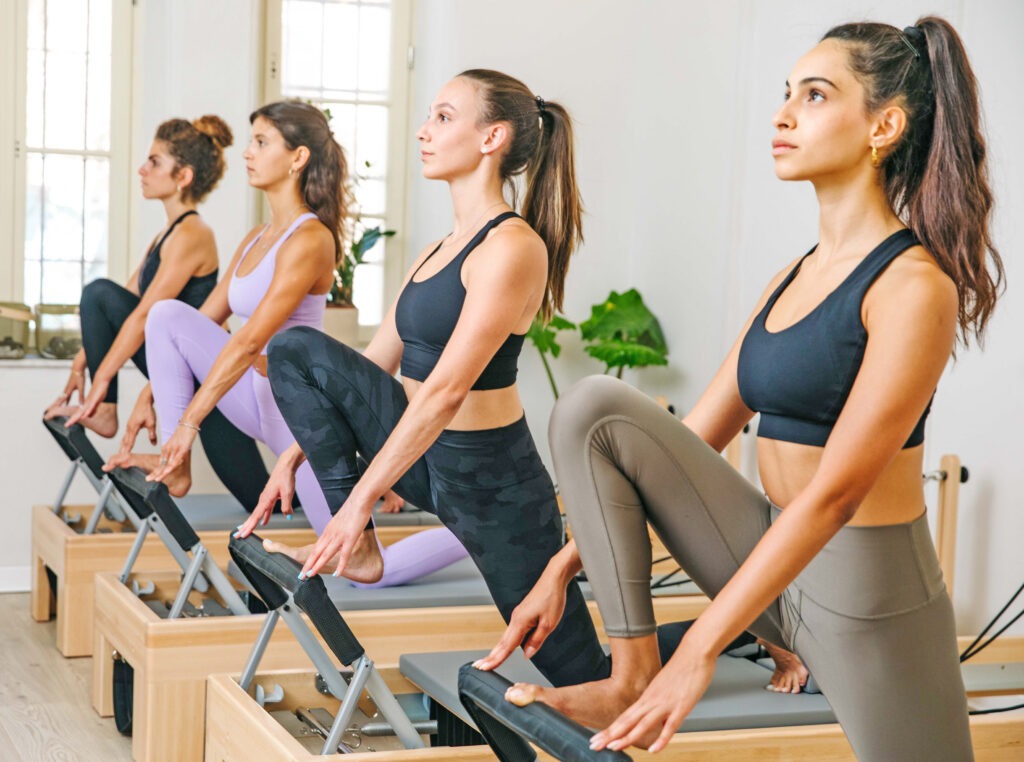
You also don’t get to the end of a cycling class feeling like you’ve only worked your quads: you’ve engaged your body properly, so you feel it in your glutes and hamstrings too. You’re also less likely to suffer pain in your lower back after an hour on the bike, because you’ll have engaged your core throughout the class.
Pilates and cycling really is such a great combination. Cycling isn’t just about getting on a bike and moving your legs; the body awareness and strength you get from pilates helps you get so much more out of it.

Conceived, powered and funded by BODY BIKE®, RIDE HIGH has a simple mission: to celebrate and champion the very best of indoor cycling, sharing ideas, stories and experiences from around the world to inspire the sector on to even bigger and better things. Subscribe for free by leaving your details below and we'll send indoor cycling's hottest news direct to your inbox three times a year.

